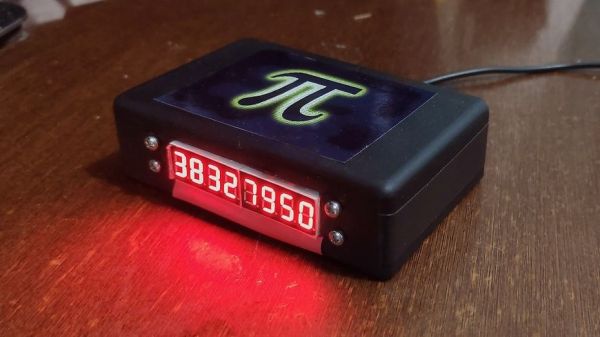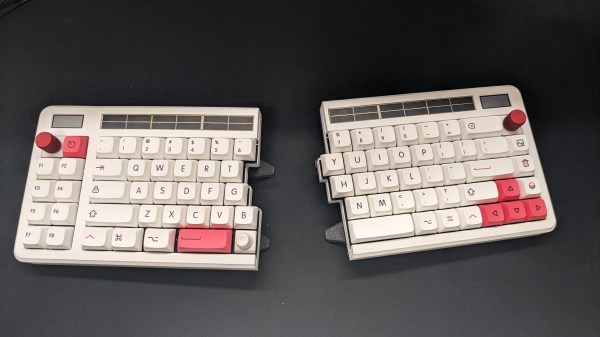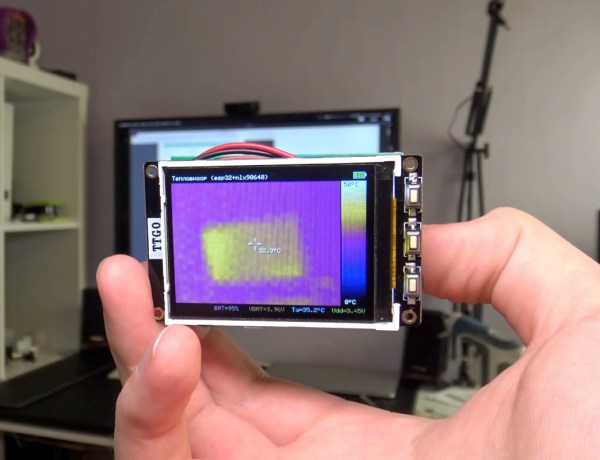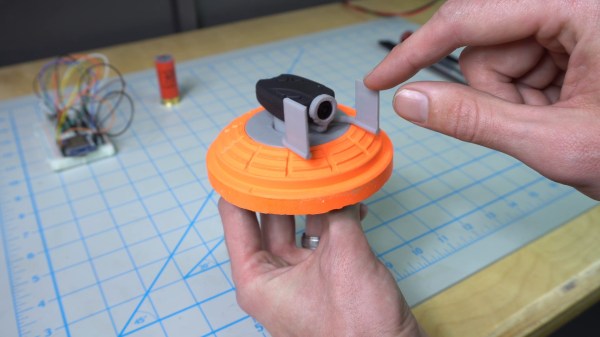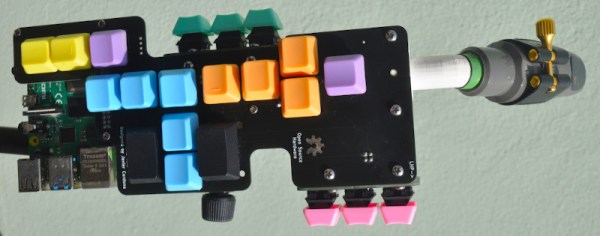What is it about pi that we humans — at least some of us — find so endlessly fascinating? Maybe that’s just it — it’s endless, an eternal march of digits that tempts us with the thought that if we just calculate one more digit, something interesting will happen. Spoiler alert: it never does.
That doesn’t stop people from trying, of course, especially when “Pi Day” rolls around on March 14 every day — with apologies to the DD/MM set, of course. This year, [Cristiano Monteiro] commemorated the day with this Pi-based eternal pi calculator. The heart of the build is a Raspberry Pi Pico board, which does double duty thanks to its two cores. One core is devoted to running the pi calculation routine, while the other takes care of updating the seven-segment LED display with the last eight calculated digits. Since the calculation takes increasingly more time the farther into pi it gets, [Cristiano] thoughtfully included a 1-Hz heartbeat indicator, to assure users that the display isn’t frozen; the video below shows how slow the display gets even just a few seconds after starting up, so it’s a welcome addition.
This is actually [Cristiano]’s second go at a Pi Day pi calculator; last year’s effort was a decidedly tactical breadboard build, and only supported a four-digit display. We applaud the upgrades, and if anyone wants to replicate the build, [Cristiano] has posted his code.

